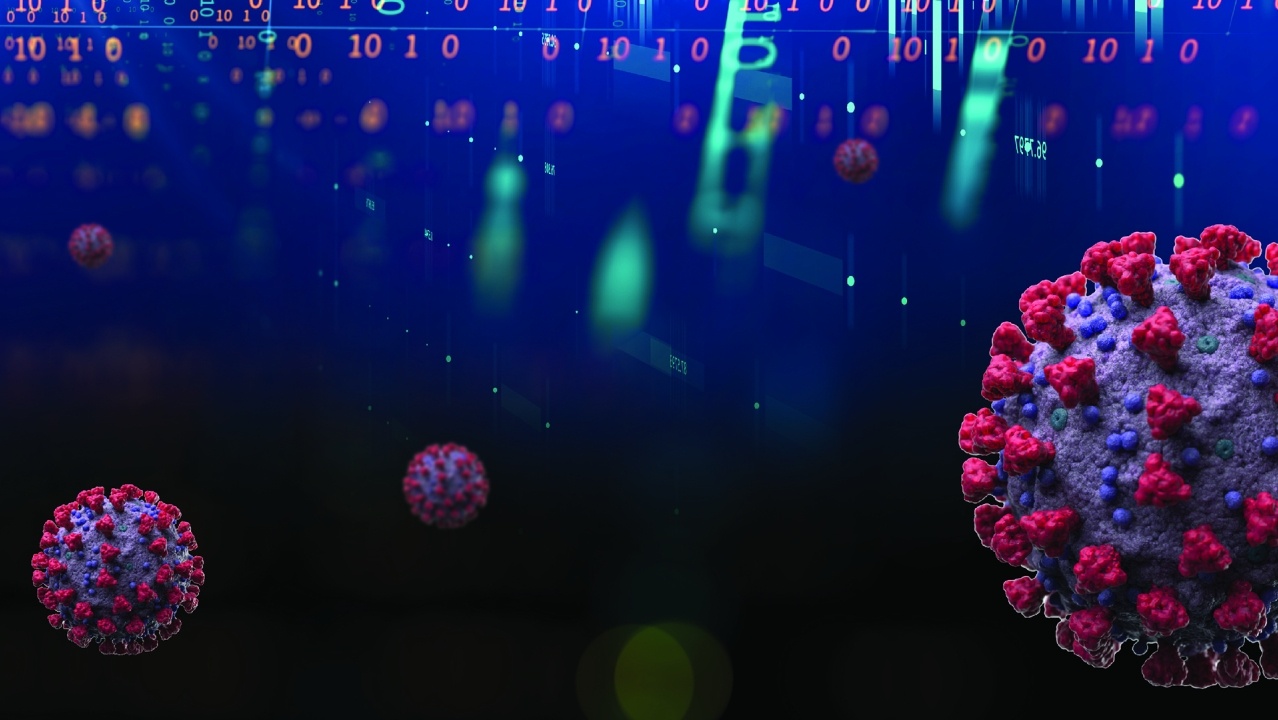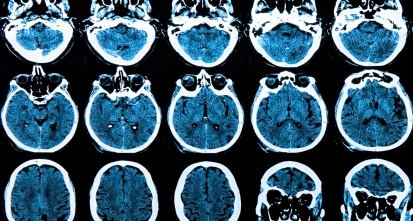Gain new perspectives for faster progress directly to your inbox.

Despite extensive effort and investment, in the seven months since the World Health Organization declared COVID-19 a pandemic, effective therapeutic treatments for patients suffering from this disease have remained elusive. To aid in the effort to identify effective antiviral treatments that can mitigate the virus’ impact, a group of scientists and technologists at CAS sought to identify possible drug candidates for treating COVID-19 with predictive machine learning models. Quantitative Structure-Activity Relationships (QSAR) methodology was used to build and test more than 40 models for priority viral protein targets 3CLpro or RdRp. The best performing classification models were applied to screen a set of over 150,000 chemical substances, including FDA-approved drugs. This work successfully identified a number of drugs now beginning to show clinical efficacy, including Lopinavir and Telmisartan, as well as many other candidate substances for consideration.
We hope this effort, which combined human data curation and machine learning predictive models to successfully identify potential small-molecule drug candidates for COVID-19, highlights the value of synergy between humans and machines in drug discovery, while contributing to on-going antiviral research efforts for COVID-19 and beyond.



